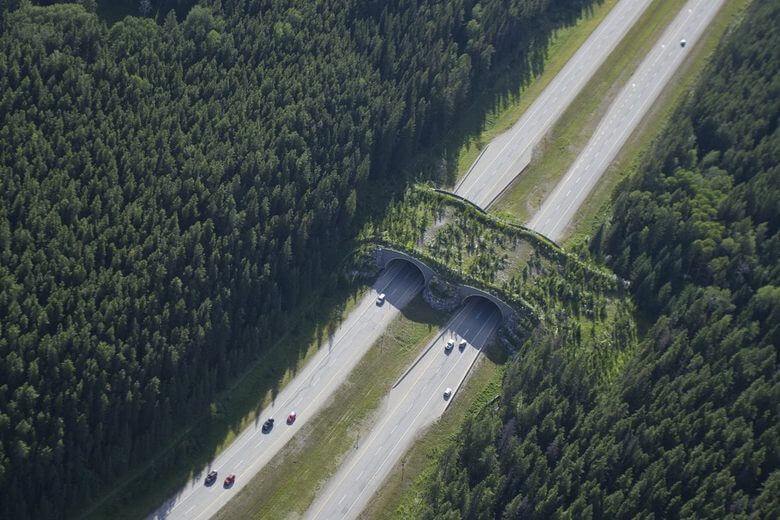Banff Wildlife Crossings: Bridges for animals in Canada is a solution to protect animals from collisions with vehicles. Let’s see how this project becomes a significant conservation success.
The Emergency Of Building Crossings
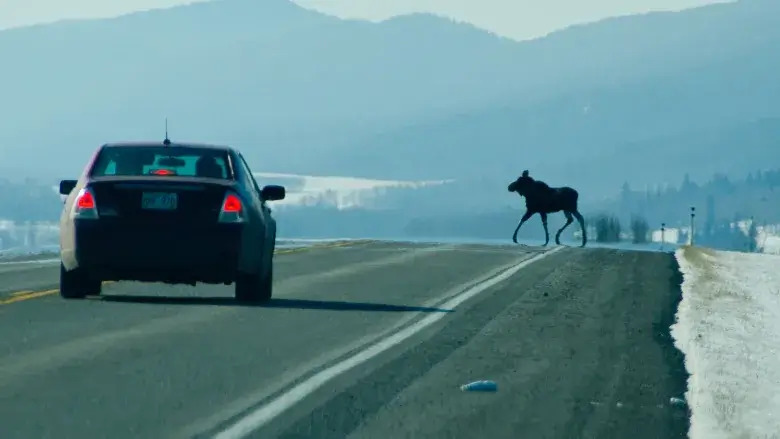
When building the Trans-Canada Highway, people did not expect it would be the principal route as it is today. The surging visitation to the Banff National Park led to the overwhelmed traffic. And sad to say, it also caused much wildlife mortality.
The government found that this was a massive issue and needed to be solved as soon as possible.
Propose A Solution – Banff Wildlife Crossings
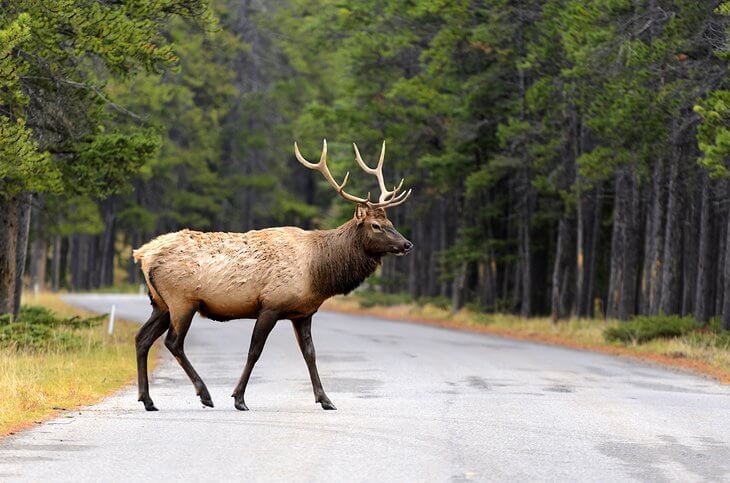
In 1978, with the intention of making more room to ease traffic jams, the Public Works department suggested splitting the section of the Trans-Canada Highway. This section runs from the East side of the park’s gate to Banff town. It then extended Castle Junction by 1997 and the British Columbia border by 2014.
However, at first, this solution only solved the congestion problem. The collision between car drivers and animals appeared to increase dramatically.
Finally, the Government decided to build wildlife crossings to reduce animal crashes. Along with that, these bridges could help restore crucial migration paths which had been shut off by the roadway.
Final Results
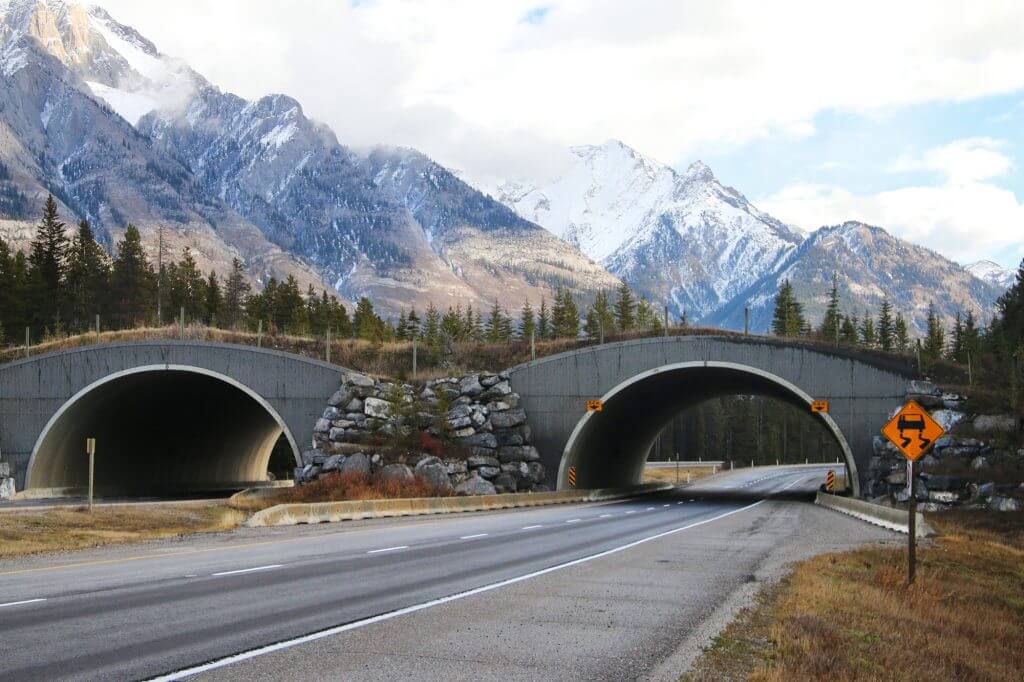
The first two wildlife bridges were constructed in 1996. Each one costs about $1.5 million. The government also built a series of tunnels beneath the highway as another safe option.
Moreover, they carefully put up fences to keep the wild creatures off the grassy road. As a result, the networks have reduced vehicle-animal collisions in the region by over 80%.
An Excellent Fit – Banff Wildlife Crossings
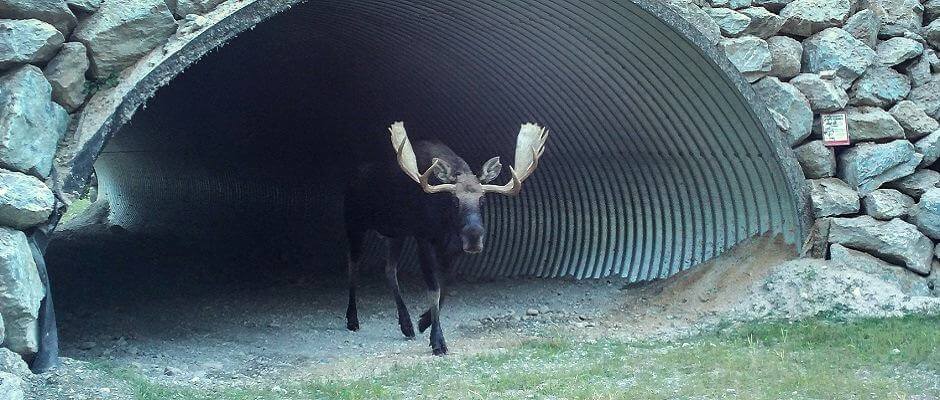
From the car driver’s perspective, the crossings look just like normal freeway bridges. However, when looking from above, it is more like a little forest that extends from one side to another, uninterrupted by the roadway below.
Research shows that over 12 species such as bears, wolves, deer, wolverines, coyotes, lynx, etc. use the bridges. Elk was the foremost gigantic animal to use the overpasses and others tend to do the same as well.
Observation also indicates that distinct species have distinct preferences. For example, elk, grizzly bears, moose, deer, etc. prefer the open air of the crossings. Meanwhile, black bears and cougars favor the comfy coverage the underpasses offer.
The overpasses also help preserve genetic variety in wildlife habitats. For instance, it reconnects the natural environment on either boundary of the roadway and allows the various groups of identical animals to interact.
Resounding Project
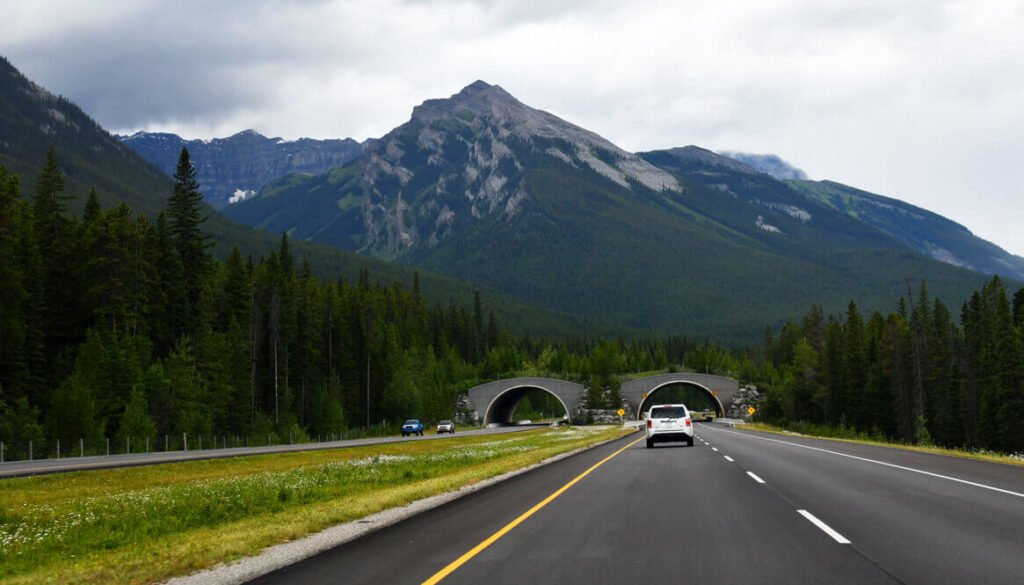
From its modest start, the Banff Wildlife Crossings Project has extended to 6 above crossings and 38 underpasses. They span from Banff National Park to the British Columbia boundary.
This is the foremost successful enormous-scale highway mitigation project for wilderness around the world. The project makes Banff National Park a global leader in roadway ecology.
Many scientists worldwide have come to the park to look for inspiration and instruction. Then, they return home in the hopes of developing crossroads for their wildlife habits, for example, howler monkeys in Costa Rica, jaguars in Argentina, tigers in Asia, etc.
Related Posts You Can Read:
Top Most Famous Canada Landscape
